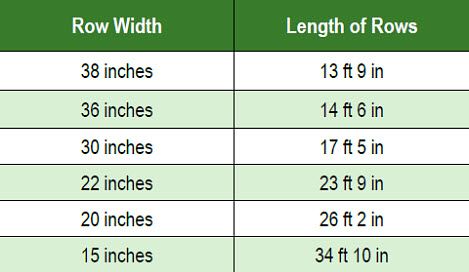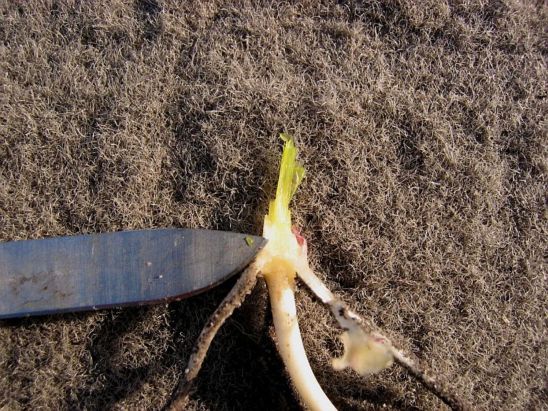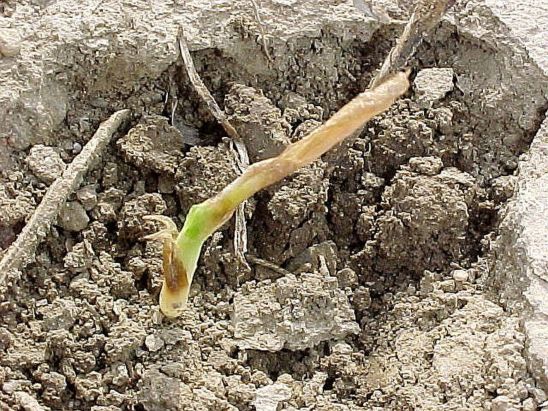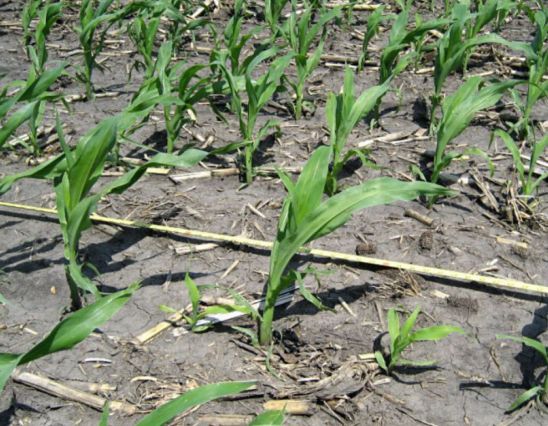
Corn Stand Evaluation
Originally posted on Pioneer.com here.

Originally posted on Pioneer.com here.
Many different stress factors are capable of reducing corn stands, such as:

When an injury event such as frost or hail occurs it is best to wait a few days to perform a stand assessment, as it will allow a better determination of whether or not plants will recover.

Stand counts should be taken randomly across the entire area of a field being considered for replant; this may include the entire field or a limited area where damage occurred. (photo above)

Growth of green tissue near the growing point indicates that this plant would have recovered. (photo above)

Soft translucent tissue near the growing point indicates that this plant will not recover. (photo above)

This plant was defoliated by hail. New green tissue indicates that it is recovering, but its yield potential has been reduced.
Corn yield is influenced by stand density as well as stand uniformity:
Several Factors That May Lead To Uneven Emergence:

Late-emerging plants are at a competitive disadvantage with larger plants in the stand and will have reduced leaf area, biomass, and yield.

All products are trademarks of their manufacturers.